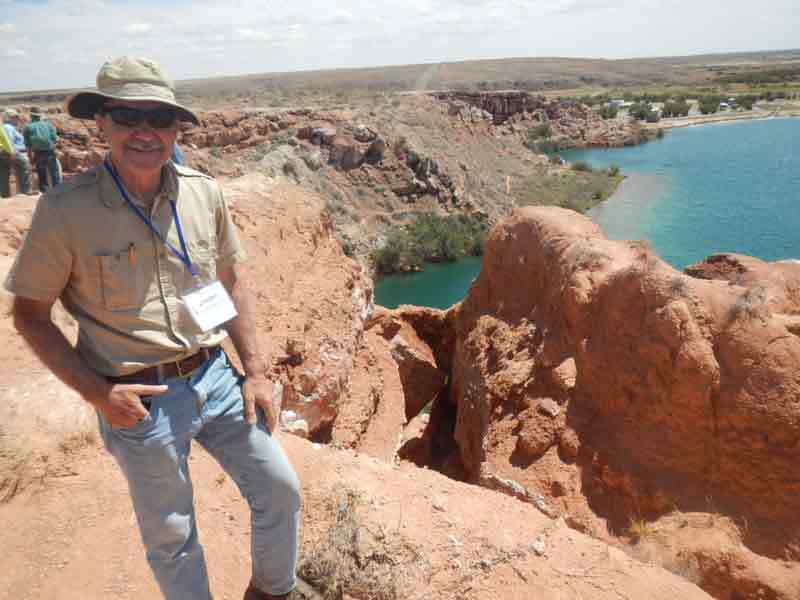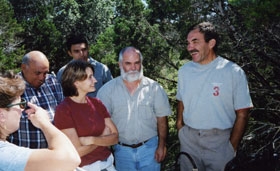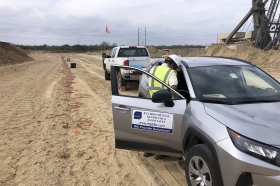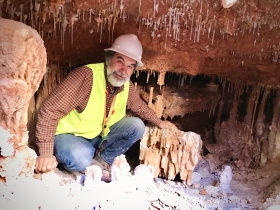Sinkhole dangers in Austin - KXAN News 36
Sinkholes are common in Florida because of the geology of the state. Below the surface is limestone filled with caverns and caves that can sometimes give way. Interestingly, there's a similar geological mixture in Central Texas. So we wanted to know if we face the same dangers here. According to geologists it's less common for structures to collapse in Austin because of sink holes, but they can cause many other consequences like shifting and cracking foundations. The key to avoiding the headaches is knowing exactly what's under your home. It's no secret that under Austin there are caves, caverns, streams, and tunnels. Most of which are carved out of limestone. And to make sure your home is built safely on top of the chasms is geologist Mustafa Saribudak's job. "We locate caves, sink holes, and faults where they are located so people know prior to their construction project, what's under the ground," said Dr. Saribudak, owner of the company Environmental Geophysics Associates. He helps his clients avoid headaches down the line, by using technology to find out what lies beneath the surface. "It's pretty hard to tell by just looking at the ground you don't see anything visible," said Dr.Saribudak. Austin is built on some of the largest sinkholes and caves in America. Remember the Edwards Aquifer? Many homes in that area are actually built on top of those caves and caverns. It's made up of limestone that cracks as water seeps through. "Just think about for millions of years doing that dissolving the limestone it creates big caverns, and sink holes, said Dr. Saribudak. In Texas buildings collapsing isn't unheard of but is less likely than in Florida thanks to harder bedrock under the ground. In Florida, they have a sandy soil. But it can cause other kinds of damage like shifting and cracking foundations all that come with a hefty bill. That's why it's so important to know exactly what's under your home, so you can stay on top of the problem.
 Watch the full story
Watch the full story


